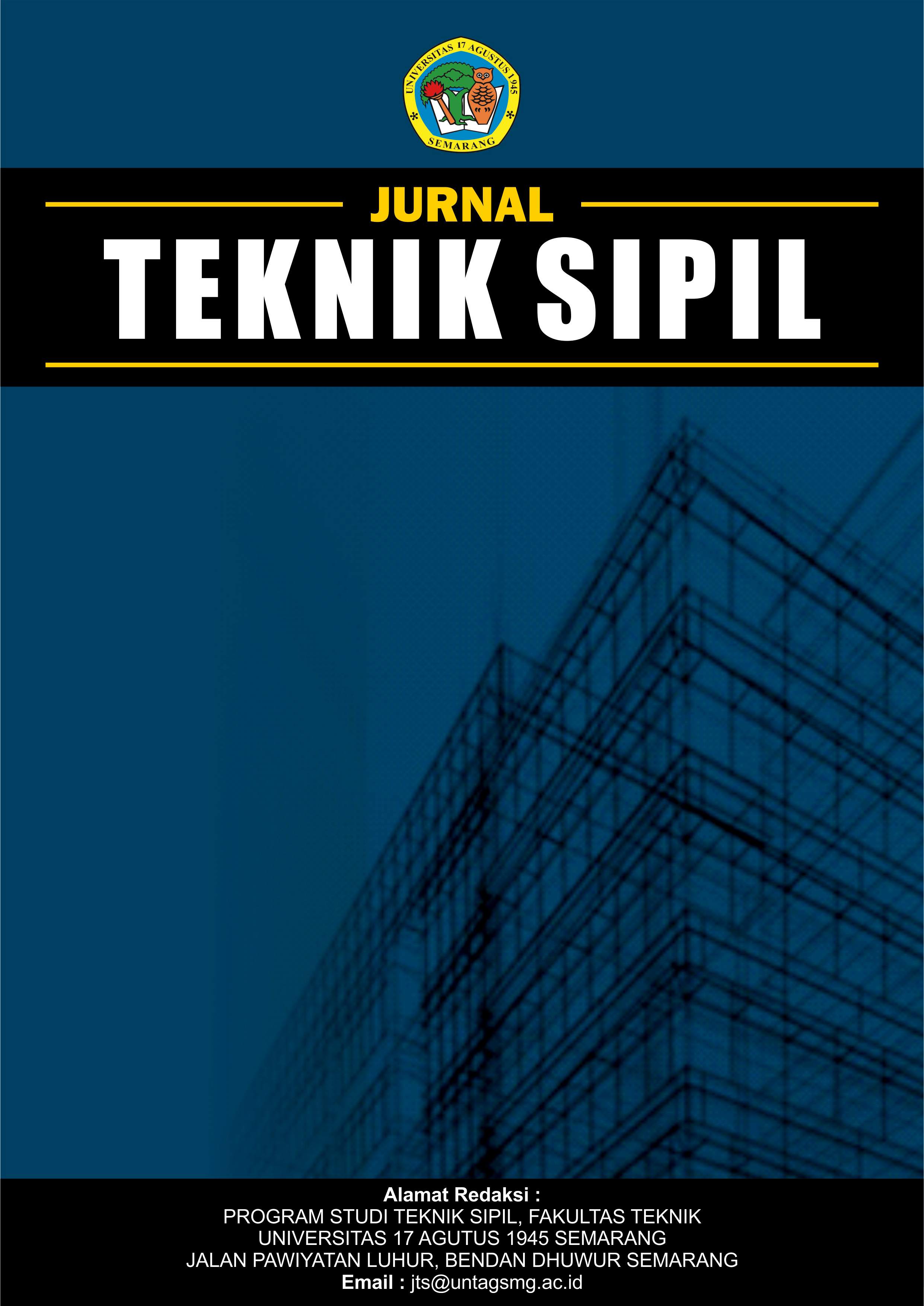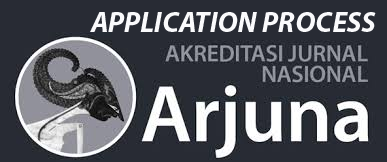Analisis Kebutuhan Modal Kerja Dan Keuntungan Kontraktor Berdasarkan Sistem Pembayaran Pada Peningkatan Struktur Jalan Kedungdung–Bringkoning Kabupaten Sampang
DOI:
https://doi.org/10.56444/jts.v17i2.2365Keywords:
MC (Montly Certificate), Term (Termyn Payment) and Final (Turnkey Payment), Source of Contractor Capital, Down Payment, Bank Loan.Abstract
The working capital of construction work contractors is very influential in expediting the implementation of construction work and being able to meet work time scheduling targets. To gain profits, contractors must be able to manage existing resources. This research aims to determine working capital needs, profits and effectiveness. This type of research uses descriptive qualitative. Research data sources were obtained from secondary data and primary data. Data collection was obtained from library observations, interviews, observations and document studies. The data analysis used is based on the MC (Montly Certificate), Termin (Termyn Payment) and Final (Turnkey Payment) payment systems with several policy options, namely Source of contractor capital, Down payment, and Bank loan. The results of the analysis obtained are, Working capital requirements based on MC with Contractor Capital Resources IDR 3,000,000,000 and profit IDR 2,245,689,086, Down Payment IDR 2,963,637,000 and profit IDR 2,245,689,086, Bank Loan IDR 5,400,000,000 and profit IDR 2,072,889,086. Working capital requirements based on Terms with Contractor Capital Source IDR 3,000,000,000 and profit IDR 2,245,689,086, Down Payment IDR 2,963,637,000 and profit IDR 2,245,689,086, Bank Loan IDR 2,800,000,000 and profit IDR 2,156,089,086 . Working capital requirements based on End with Contractor Capital Source IDR 3,000,000,000 + Loan IDR 3,600,000,000 and profit IDR 2,130,489,086, Bank Loan IDR 6,550,000,000 and profit IDR 2,036,089,086. The highest percentage of capital effectiveness and profits is the Termin payment system with the bank loan option, 77%.
References
Amelia, R., Lestari, I., Nasib. (2019). Keuangan & Perbankan. CV. Sadari: Bandung
Barus, E.A. (2021). Laporan Kerja Praktek Pada Proyek Pembangunan Gedung Kantor Pemberdayaan Masyarakat dan Desa Provsu. Universitas Medan Area: Medan.
Indramanik, I. B. G., Astariani, N. K. & Sujarta, I, W. (2022). Analisis Biaya Pelaksanaan Proyek Konstruksi Studi Kasus: Proyek Pembangunan Ruang Perpustakaan, Laboratorium Komputer, Ruang UKS, Rumah Dinas Kepala Sekolah, dan Penataan Halaman SD Negeri 5 Carangsari. Universitas Ngurah Rai : Denpasar.
Kementrian Pekerjaan Umum dan Perumahan Rakyat. (2019). BPSDM, Pusdiklat SDA dan Kontruksi. Bandung.
Peraturan Lembaga Kebijakan Pengadaan Barang/Jasa Pemerintah Republik Indonesia Nomor 12 Tahun 2021 Tentang Pedoman Pelaksanaan Pengadaan Barang/Jasa Pemerintah Melalui Penyedia.
Restu. (2022). Cash Flow: Pengertian, Jenis, dan Metode. Gramedia.com. 22 Februari 2022.
Rhammadhan, M.J. (2020). Analisa Time Schedule Proyek Pada Masa Pandemi Covid-1. Universitas Islam Indonesia: Yogyakarta.
Saputri, L. & Putra, I. S. (2022). Analisis Sumber Dan Penggunaan Modal Kerja Guna Memperlancar Proses Produksi. STIE Kesuma Negara Blitar : Blitar.
Setiana, I & Sudarwati. (2021). Perbandingan Antara RAB Dengan RAP Pada Pembangunan Gedung Maternitas Rsud Karawang. Universitas Jayabaya : Jakarta.
Tanuwijaya, E. & Sekarsari, J. (2020). Analisis Faktor-Faktor Yang Memengaruhi Kontraktor Utama Dalam Pemilihan Subkontraktor Pada Pelaksanaan Proyek Konstruksi. Universitas Tarumanagara: Jakarta.
UU RI No 22 Tahun 2009 tentang lalu lintas dan angkutan jalan.
Downloads
Published
Issue
Section
License
Copyright (c) 2024 Jurnal Teknik Sipil

This work is licensed under a Creative Commons Attribution-ShareAlike 4.0 International License.










